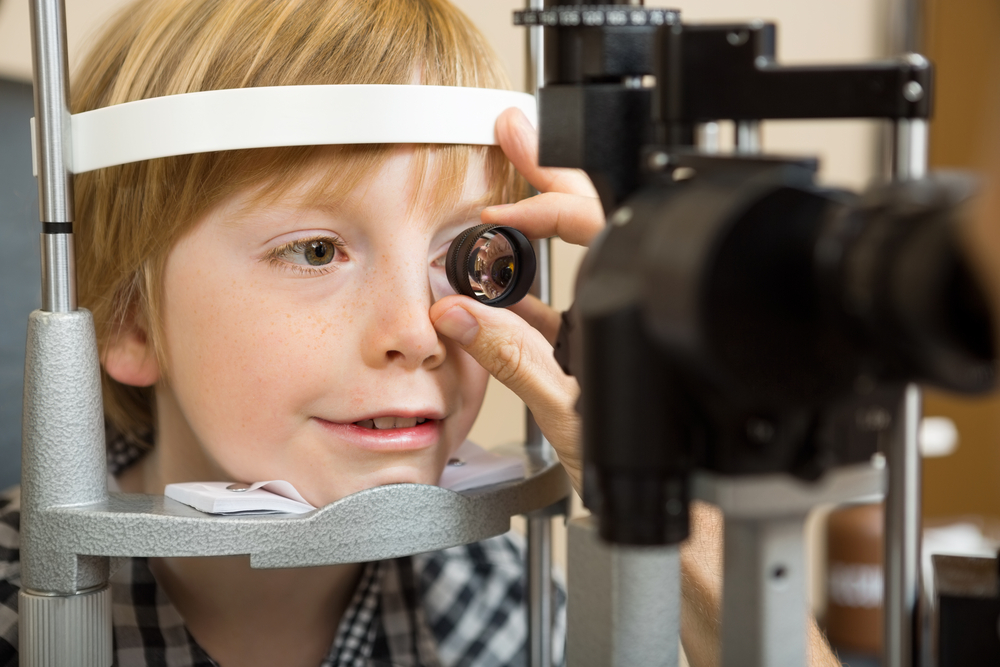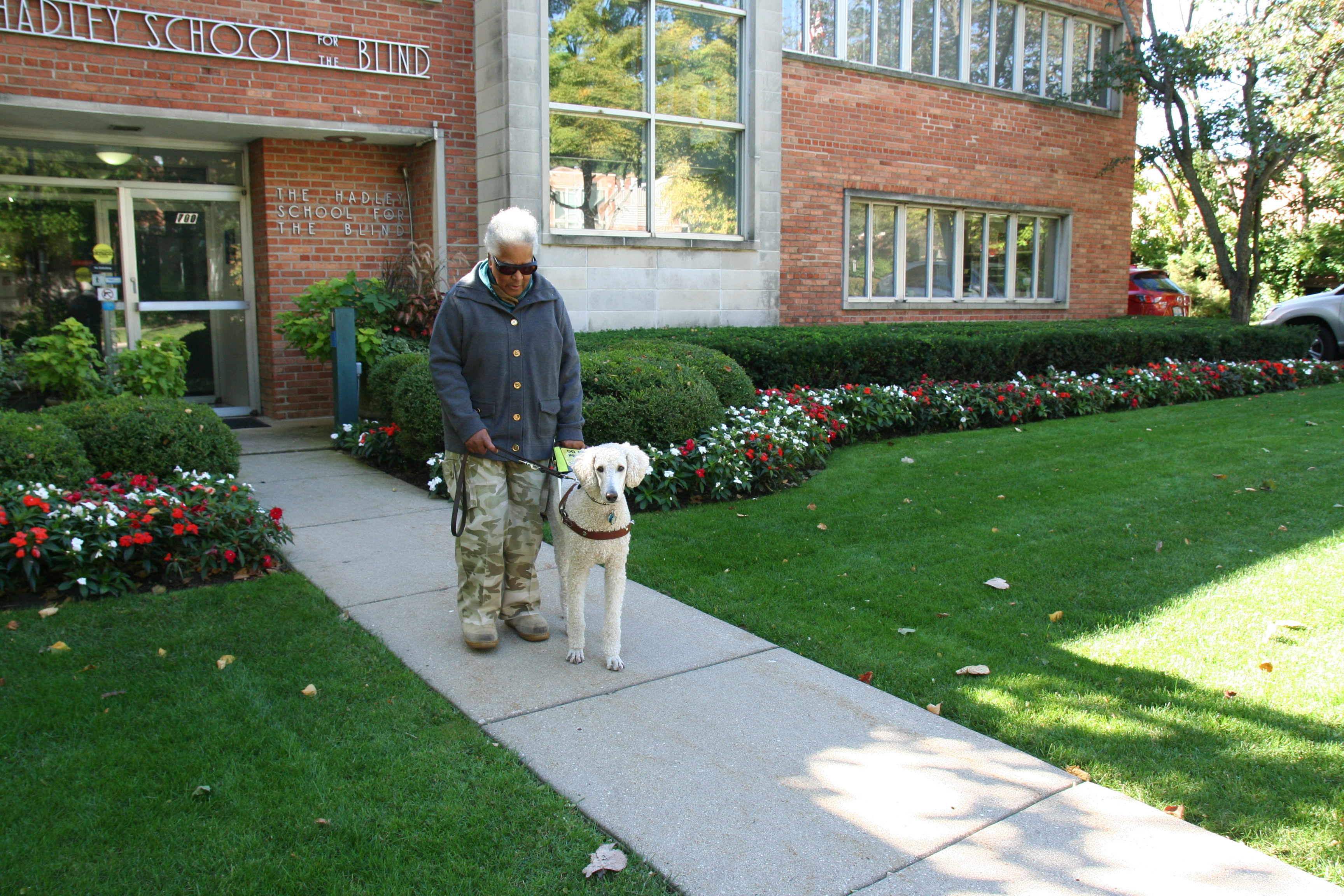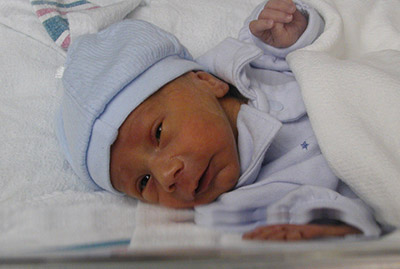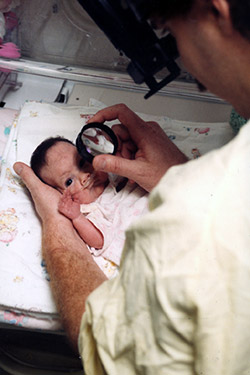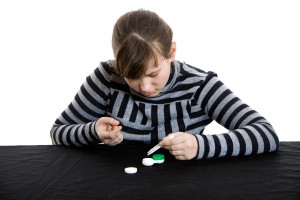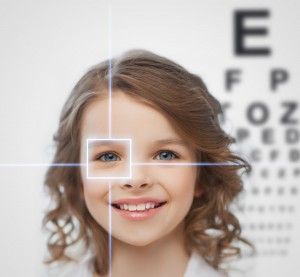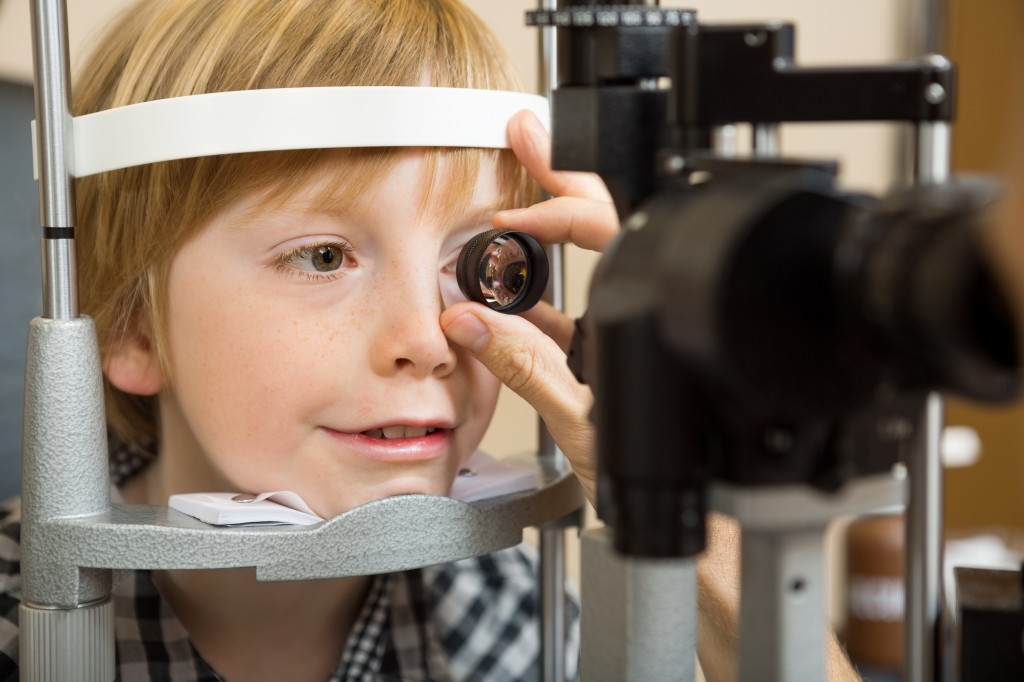Children typically have no idea when they have vision problems. Vision problems typically onset gradually, and children tend to believe that everyone sees similar to them, even when they have vision problems. As a result, you will rarely hear a child say any of the following: “My vision doesn’t seem to be as clear as it used to be.” “I started seeing double when reading two weeks ago.” “My eyes are feel uncomfortable when I read.”

It has been estimated that 80% of what we know is learned through vision. Therefore, children with vision problems may struggle at school simply due to correctable vision issues. Because children rarely complain of vision problems, and vision problems can lead to learning difficulties, it is recommended by the American Optometric Association that children undergo annual comprehensive eye examinations if they are at risk for visual impairment. To determine if your child may be at risk, please go here.
Seeing Vision Problems in Children
Because children don’t often tell you that they have problems with their eyes, there are some signs for which you should watch. The most common vision-related problems differ by age. Beginning with the youngest children, we will provide things to consider that may portend vision issues. Infants’s eyes frequently wander because they have not yet developed the ability to control their eye movements at all times. One eye occasionally pointing in or out is common and should not be considered a problem unless the child continues to do this after eight months of age, unless it is always the same eye, or unless it is constant. A visit to the optometrist is warranted if any of those conditions exist. If the child’s eye crosses most or all of the time, then the child may have congenital esotropia, and surgery in combination with vision therapy may be necessary to correct the problem.
If the child’s eyes begin to cross frequently at around age two years, especially when the child looks at close objects, then the most likely problem is accommodative esotropia. If this is the case, wearing glasses will help to eliminate most or all of the crossed eyes.

Nearsightedness (myopia) is the most common vision problem in children. It typically onsets between the ages of 8 and 10 years, although that may vary dramatically. Nearsighted children can see clearly at near, but have difficulty seeing distant objects. These children tend to squint when looking at distance objects, and may complain of headaches around their eyes, as a result of squinting. Nearsighted children are frequently detected during school vision screenings or recognized by teachers, and glasses or contact lenses can easily clear up their vision and reduce symptoms.
It is also important to remember that even children who can see details far away may have vision problems. Farsighted children may be able to read distance vision charts, but their eyes must strain to do so. Their eyes must strain even more to see up close. While a child may pass a vision screening at school by reading the bottom line on the chart across the room, he or she may struggle visually. These children often complain of headaches during the week, but less often during the weekend. They may fall asleep after a very short period of reading or struggle to maintain attention because their eyes become strained. Their headaches are typically over the eyes or on the side of the head, and they rarely wake up with a headache. They frequently try to avoid reading because it makes their eyes uncomfortable, although they rarely say that.
Another problem with similar symptoms is convergence insufficiency, which means that children have difficulty bringing their eyes toward the nose when looking at close objects. The symptoms of convergence insufficiency have frequently been misdiagnosed as attention deficit disorder because children find it difficult to attend to any single near task for even a relatively short period of time. Headaches, eye strain, double vision, and tiredness while reading are some of the main symptoms that children will exhibit. Vision therapy frequently reduces or eliminates the symptoms related to convergence insufficiency, and may improve a child’s attention during learning-related tasks.
Teachers are commonly the first people to suspect a vision problem in children because of the demanding visual environment at school. Children rarely complain at home, although homework time is an excellent time to watch your child for potential vision problems. Children with vision problems may rub their eyes frequently, fall asleep after reading for five minutes, perform better when narrating than when writing, cover an eye or close an eye when reading, or simply refuse to read. If your child exhibits these symptoms, then a visit to the eye doctor is warranted and may result in improved attitude and aptitude.
6/11/15
 Jeffrey J. Walline, OD, PhD
Jeffrey J. Walline, OD, PhD
The Ohio State University
Associate Professor
Chair, Research and Graduate Studies



